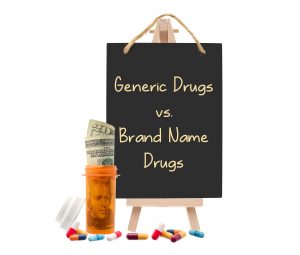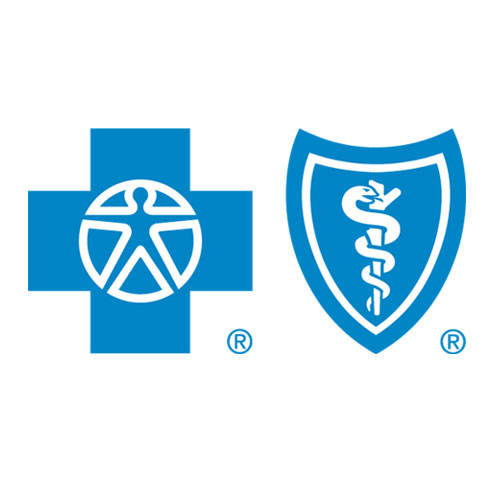Three reasons generic drugs are a safe and smart choice
November 15, 2019 Prescription drug costs are a hot topic, with many calls for pricing reforms. But there is a simple way to save money right now on the prescriptions in your medicine cabinet – generic drugs.
Prescription drug costs are a hot topic, with many calls for pricing reforms. But there is a simple way to save money right now on the prescriptions in your medicine cabinet – generic drugs.
“Even when your health care provider prescribes brand-name drugs, you can save— often a substantial amount of money— by asking your doctor about a generic alternative (different ingredients, but works the same) or your pharmacist for the generic equivalent (same ingredients, same dose, same effects),” says Kirsten Tiberg, pharmacy director at Blue Cross and Blue Shield of Minnesota.
While not every brand-name drug has a generic equivalent or alternative, many do and it’s worth asking about. Why?
1. Generic equivalents are safe and effective
Brand-name drugs and their generic equivalents have the same active ingredients and work the same way— including how you take them, dosage, safety and strength. In fact, generic equivalent drugs get tested by the Food and Drug Administration for safety and work just as quickly and effectively as their brand-name counterparts.
2. Generic alternatives and generic equivalents cost less
When you choose generic drugs, often the biggest (or only) difference you’ll notice is in the price— you pay less at the pharmacy counter than you would for the brand-name drug. Generics are more affordable because the patent on the brand-name drug expires, allowing other companies to make and sell the drug at a lower cost and pass the savings along to you.
3. Your health insurance plan often requires generic
Choosing a generic equivalent or alternative is a common way to save on the bottom line for insurance.
“If a generic drug is available for your brand-name prescription, you are required to take the generic version even if your doctor prescribes a brand-name drug,” says Tiberg. “If you continue to take the brand-name drug, you must pay the difference in cost between the brand and generic, plus the brand co-pay amount. This cost difference does not count toward your deductible or out-of-packet maximum.”
| Example: $490 savings | ||
| $500 brand drug | $80 generic drug | |
| Your co-pay or co-insurance (varies by plan) |
$80 | $10 |
| Cost difference between brand and generic |
$420 | $0 |
| Your cost | $500 | $10 |
“Ask your health care provider about a generic alternative and your pharmacist about generic equivalent drugs – they’re safe, effective and can pay off in a big way when it comes to the bottom line,” Tiberg says.


